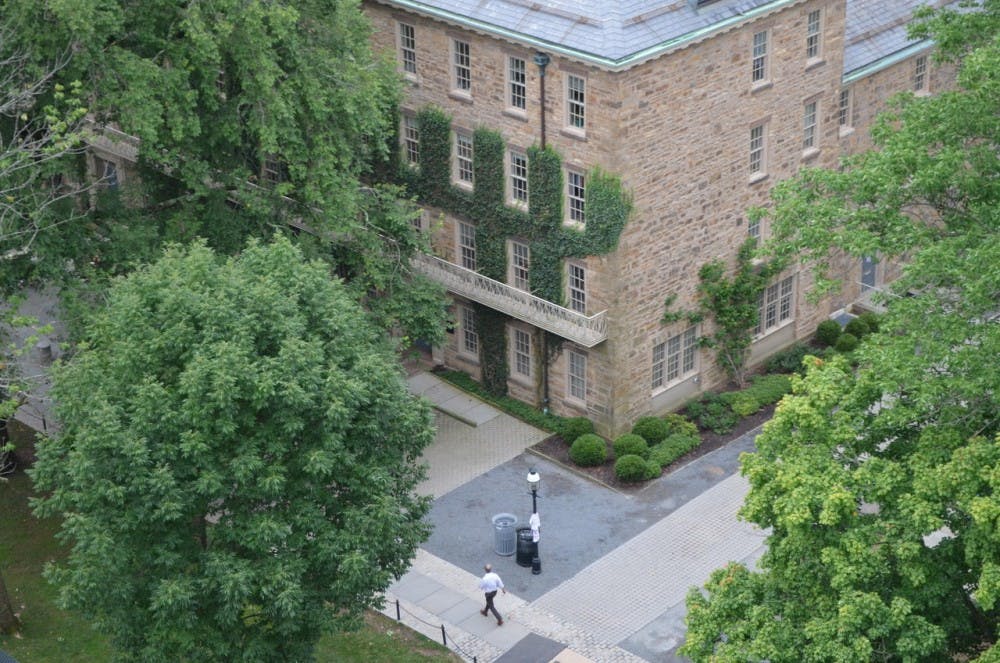Earlier this week, Federal Judge Allison D. Burroughs ruled that Harvard did not discriminate against Asian-American students in its admissions process. She upheld the use of affirmative action at Harvard and other academic institutions in working towards a more diverse student body.
In many ways, it was a victory. A great moment of relief. At least for the time being, it seems that the accessibility of minority students to elite colleges has been protected. However, even as the case may advance in the legal system, the discussion about admissions should not end at affirmative action. Viewing the issue only in terms of affirmative action allows universities to cover up larger financial and experiential discrepancies in the student population. The current conversation ignores the fact that at the end of the day, students who are white, and more importantly, extremely affluent, still have an indisputable advantage in being admitted.
Take Princeton. We rarely talk about how even though 61 percent of Princeton undergraduates receive financial aid, that means the other 39 percent come from families that can afford to pay upwards of $70,000 a year for college. We do not discuss how the median family income of Princeton students is over $180,000, nearly triple the median American household income, or that 72 percent of the student body comes from the economic top 20 percent. Only 61 percent of Princeton’s Class of 2023 come from public schools, compared to the national figure of 92 percent.
The numbers are striking, but the greatest inequalities cannot be expressed through statistics. Often the politics of admission aren’t discussed; elite private high schools have special college counselors or faculty that have direct connections to Princeton and will “put in a good word.” Programs such as the Creative Arts and Humanities Symposium often invite high school seniors from a list of select schools, keeping the events largely unpublicized. In the name of maintaining historical relationships with prestigious high schools, the process of admissions covertly gives advantages to students from those schools.
These resources are all intertwined in ensuring that many of these elite institutions still remain largely inaccessible to marginalized people. They perpetuate cycles of exclusion; those same students pass on legacy advantages, retain power through large donations, and may even join the faculty and administration. By solely praising affirmative action, schools market themselves as open and inclusive.
In reality, they are unwilling to confront their biased admission processes. The lack of awareness about and the discomfort in discussing these realities make it easy to pin the whole issue — or solution — on affirmative action. Surely the practice is a significant component, but it must be addressed within the context of socioeconomic inequity.
Others may argue that it is not the responsibility of Princeton, Harvard, and other universities to equalize the socioeconomic discrepancies of our world. However, it is important to recognize that these institutions don’t exist in a vacuum; they should try their best with the power they hold.
But this is not their best. They cannot continue to bury and ignore the distorted reality of wealth and opportunity at these institutions. Princeton’s motto is “in the service of humanity.” The current system brings up the question of what part of humanity we are truly serving — how do we address harmful cycles of poverty, incarceration, and disenfranchisement with an inaccurate representation of the real people that grapple with these issues? How do we begin to change reality when we are so disconnected from it?
It begins with the institutions right now. It begins with awareness, with a brutal honesty in recognizing the situation. It begins not with lofty intellectual calls for equality, but active, focused efforts to recruit and advertise Princeton to all applicants, not just those fortunate enough to receive special benefits. The majority of faculty and students that come from greater privilege must realize their position and sense the urgency of this issue. They should not fear coming under attack; instead, they should do their part in these academic communities to point out these problems and solve them. We need to have transparent discussions about how admissions need to open up — how they need to actively and consciously seek to change the student body more than ever.
The Harvard ruling was a step in the right direction, but it shouldn’t end there. This is a test of these universities’ futures: will Princeton be a passive promoter of an exclusive education? Or will it play a crucial role in opening doors for marginalized voices? We must continue to advocate and fight for the latter. Only then will Princeton’s incredible education truly be “in the service of humanity.”
Kate Lee is a first-year from Austin, Texas. She can be reached at k.lee@princeton.edu.










